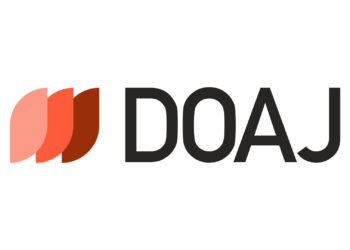The proliferation of Web 2.0 and social networking tools has made it clear that the functionality is being baked into the substance of the Web. But, who is using these tools in the scholarly community?
A recent blog entry on Nature’s Nascent blog discusses an analysis of commenting on BioMed Central articles — qualitative and quantitative comparisons are discussed briskly and clearly.
A rule of thumb for social networking participation is the 90-9-1 rule: 90% of users are passive observers, 9% will contribute to polls and the like, and 1% will serve as the main contributors of most of the user-generated content. While we don’t get a percentage of users who contributed, we do get a percentage of papers that garnered comments, and it comes in at about 2%. That seems reasonable to the rule of thumb, since 8% of the people who commented did so on more than one paper.
While the normal forms of commenting occurred (criticism, requests for clarification, interpretive comments), to me the most interesting part of the commentary generated was the additional information users contributed, including links and downloads. This is new in richness and immediacy, factors that are unique to the online form.
Also, the quality of comments were generally high, with only 2% categorized as, “Crazies.” This comports with experience elsewhere. Users are actually pretty good about offering comments that are helpful and interesting.
Who comments? People with something to say. And they usually do it well, as this additional data set confirms.
Discussion
1 Thought on "Who Comments?"



